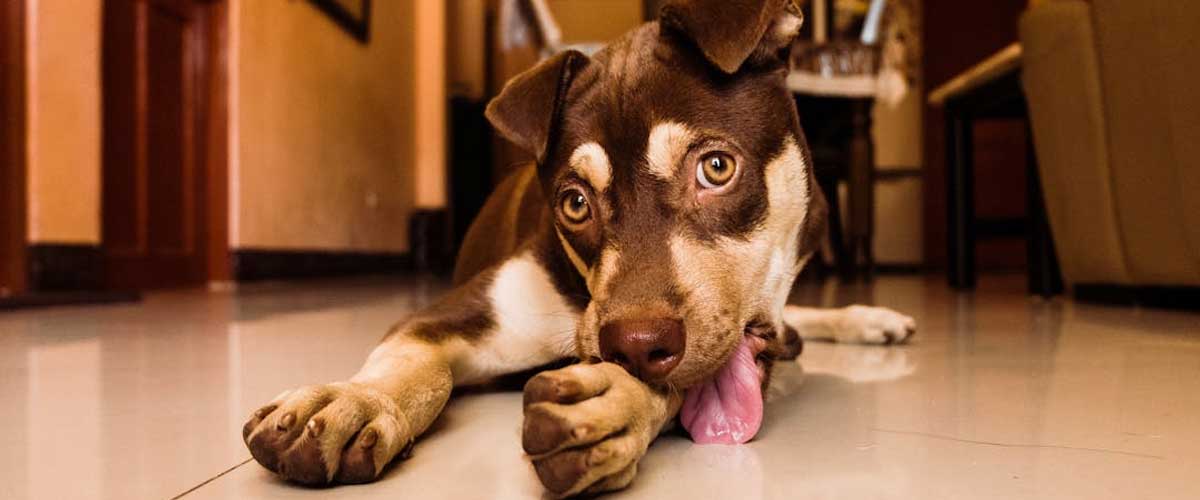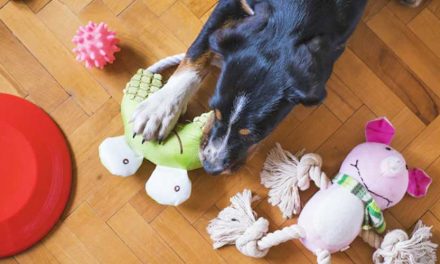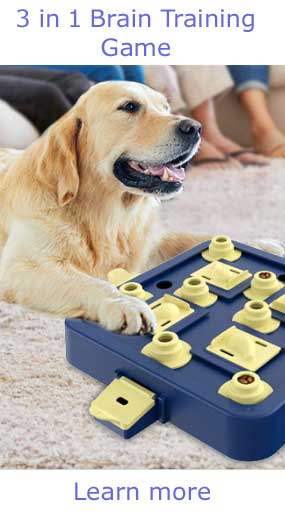Dogs are among the most beloved companions, bringing joy, loyalty, and warmth into our lives.
However, they can also develop undesirable behaviors that challenge our patience and understanding.
Whether it’s incessant barking, jumping on guests, or aggressive tendencies, unwanted learned behaviors can strain the bond between dogs and their owners.
The good news is that these behaviors can be modified through consistent training and deprogramming techniques.
Here’s how to tackle unwanted behaviors effectively.
Understanding the Root Causes
Before addressing undesirable behaviors, it’s essential to understand that these actions often stem from instinctual responses or previous experiences.
Dogs may bark to communicate, jump from excitement, or display aggression due to fear or anxiety.
Identifying the cause of a behavior can inform how to approach deprogramming it.
1. Consistency is Key
One of the most critical factors in changing a dog’s behavior is consistency.
Dogs respond best when the same commands and expectations are upheld by everyone in the household.
For instance, if jumping is not allowed, all family members must enforce this rule.
Inconsistent responses can confuse your dog and prolong the unwanted behavior.
2. Use Positive Reinforcement
Positive reinforcement is one of the most effective methods for encouraging desirable behaviors in dogs.
When your dog exhibits the behavior you want to see — for example, sitting calmly when guests arrive — reward them with treats, praise, or play.
This method encourages your dog to repeat the behavior, as they associate it with positive outcomes.
3. Redirect and Distract
For behaviors like excessive barking or digging, redirecting your dog’s focus can be beneficial.
When your dog starts barking, for example, divert their attention to a toy or engage them in a different activity like fetching a ball or practicing commands.
This distraction can prevent the unwanted behavior and teach the dog appropriate alternatives.
4. Gradual Desensitization
If a dog is fearful or aggressive in specific situations, gradual desensitization can help.
This involves exposing your dog to the trigger (such as other dogs or strangers) in a controlled manner, starting at a distance and gradually decreasing it as your dog becomes more comfortable.
Pair this exposure with treats and praise to create a positive association with the trigger.
5. Set Up a Training Schedule
Just like humans, dogs benefit from routine.
Establishing a regular training schedule allows your dog to learn progressively over time.
Short, frequent training sessions are often more effective than longer, infrequent ones.
Aim for 5-10 minutes of focused training multiple times a day to reinforce learning.
6. Seek Professional Help if Needed
While many unwanted behaviors can be managed at home, some may require professional intervention.
If your dog exhibits severe aggression, anxiety, or other challenging behaviors, consider enlisting the help of a certified professional dog trainer or a behaviorist.
They can provide tailored advice and strategies specific to your dog’s needs.
7. Be Patient and Kind
Deprogramming unwanted learned behaviors takes time and dedication.
It’s important to remain patient with your dog throughout this process.
Frustration can lead to negative interactions, which may hinder progress.
Always approach training with kindness and understanding, fostering a positive environment for your dog.
Conclusion
Unwanted learned behaviors in dogs can be effectively modified through consistent training, positive reinforcement, and patience.
By understanding the root cause of these behaviors and employing appropriate techniques, dog owners can foster a harmonious relationship with their furry friends.
Remember, every dog is unique, and what works for one may not work for another; keep experimenting until you find the right approach for your companion.
With time and effort, you can help your dog become the well-behaved companion you always wanted.












